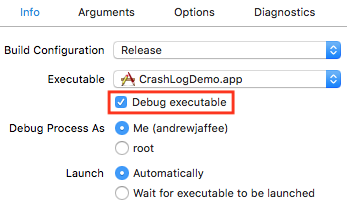We’re going to talk about installing a version of your Mac’s operating system (OS), known as “macOS” or “OS X,” on your Mac, older than the one you’re currently running, on a partition of your primary hard drive or on an external hard drive. You may find that your current instance of OS X is too unstable for normal day-to-day usage or more heavy-duty tasks like development. Remember all the problems people had when they upgraded to OS X 10.13, also known as “High Sierra?” Oy, vey. You might have been like “Get me the heck outta Dodge!” You wanted or needed to get back to a stable OS, like Sierra (OS X 10.12) or El Capitan (OS X 10.11). For developers, you may have to install an older version of Xcode not supported by your latest OS. For Cocoa/macOS developers, you may need to make absolutely sure that your desktop apps are backward compatible, and the only way to do that for sure is to install and run your apps on older versions of macOS. I will show you, step by step, how to get a valid copy of an older version of macOS, make a bootable installer disk, and install the old OS.
Continue reading “Downloading and installing an old version of OS X (mac OS) on your Mac”


 Today, we’ll talk about manually
Today, we’ll talk about manually